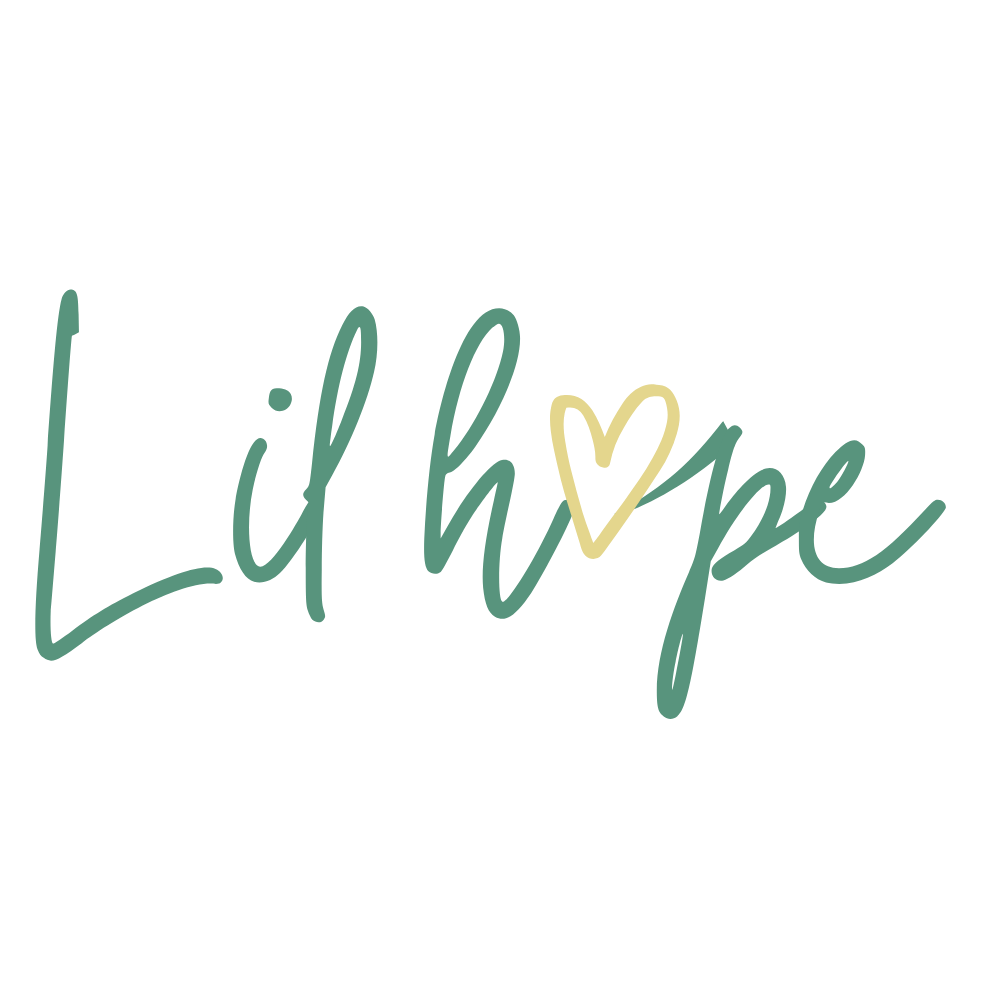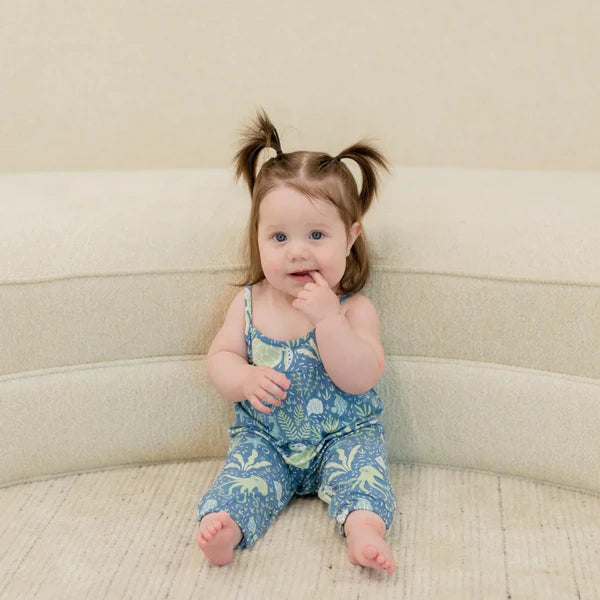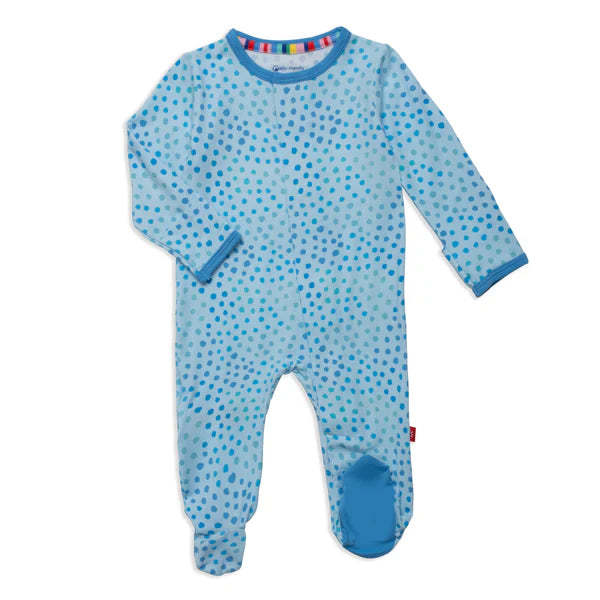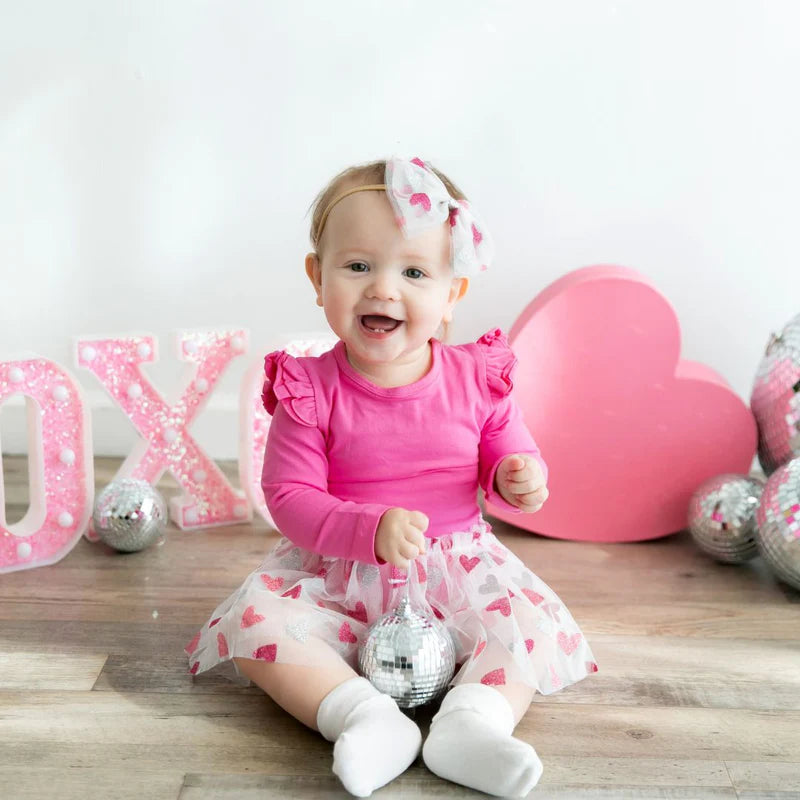Understanding Size Labels
Understanding baby clothing size labels can feel like deciphering a foreign language, especially for new parents. Standard labels such as "newborn," "0-3 months," and "6-12 months" are intended to provide a general size range based on age. However, babies grow at their own unique pace, making these labels more of a guideline than a rule. For instance, a "3-6 months" size might be perfect for a baby who is just two months old or might fit snugly on a six-month-old, depending on their individual growth rate.
Furthermore, international sizing adds another layer of complexity. U.S. sizes often differ from those in the UK and Europe, where sizes might be labeled by weight or height rather than age. At Lil Hope, we carry a variety of brands, each with its own sizing quirks. Our knowledgeable staff can help you decode these labels and find the best fit for your little one.
Why Sizes Vary Between Brands
Brand-specific sizing variations are a common issue in the world of baby clothing. These differences arise from several factors, including design philosophy, target demographic, and even cultural norms. For example, some brands might design their clothes with a roomier fit, anticipating that parents will layer them over diapers and other clothing. Others may offer a more tailored fit, which might be more aesthetically pleasing but less forgiving as your baby grows.
To navigate these differences, always consult the brand's size chart. Most charts will provide detailed measurements for each size, which can be compared to your baby's current dimensions. At Lil Hope, we simplify this process by offering a curated selection of brands known for consistent and reliable sizing, ensuring you find the perfect fit every time.
How to Measure Your Baby for Clothing
Key Measurements
To accurately measure your baby for clothing, you'll need to take three key measurements: length (from head to toe), weight, and chest circumference. Begin by laying your baby down on a flat surface, ensuring they are relaxed and comfortable. Use a soft measuring tape to measure from the top of their head to the bottom of their feet for length. Next, weigh your baby using a reliable baby scale. Finally, measure around the fullest part of their chest, under the arms, to get the chest circumference.
Remember, babies often wear diapers, which can add bulk to their lower bodies. It's essential to account for this when choosing bottoms or onesies, ensuring there's enough room for a comfortable fit. This consideration is especially crucial for cloth diaper users, as these diapers are generally bulkier than disposable ones.
Tools You’ll Need
Having the right tools can make measuring your baby a breeze. Invest in a soft measuring tape, which is gentle against delicate skin and easy to maneuver around squirmy little bodies. A baby scale is also a good investment, providing accurate weight measurements that are crucial for selecting the right size. Additionally, a growth chart can help you track your baby's development over time, allowing you to anticipate when they might need a wardrobe update.
Choosing the Right Fit: Tips and Tricks
Comfort and Safety First
When it comes to baby clothes, comfort and safety should always come first. Tight clothing can restrict movement and cause discomfort, which is especially problematic for active babies. Look for garments made from soft, breathable fabrics like cotton or bamboo, which are gentle on sensitive skin and help regulate body temperature.
Adjustable Features
Adjustable features in baby clothes, such as elastic waistbands, snap buttons, and expandable cuffs, can significantly extend the life of a garment. These features allow for easy adjustments as your baby grows, providing a more custom fit without the need for constant replacements. Lil Hope stocks a variety of clothing with these thoughtful details, designed to accommodate your baby's growth spurts and ensure they stay comfortable and stylish.
Seasonal Considerations for Baby Clothes
Dressing Your Baby for the Weather
As seasons change, so do your baby's clothing needs. In the warmer months, lightweight, breathable materials are essential to prevent overheating and discomfort. Consider clothing with built-in sun protection or light layers that can be easily added or removed as temperatures fluctuate. During the cooler months, layering becomes key. Start with a soft base layer, such as a cotton onesie, and add sweaters, pants, and jackets as needed. Blankets and hats are also useful for keeping your baby warm during outings.
Special Occasions and Holidays
Special occasions and holidays offer wonderful opportunities to dress your baby in adorable outfits, but comfort and practicality should not be overlooked. For events that involve a lot of activity, like family gatherings or holiday parties, choose outfits that allow for free movement. Consider clothing with a bit of stretch or adjustable elements, which can accommodate a busy day of playing and socializing. At Lil Hope, we offer a curated selection of festive and functional outfits perfect for any celebration.
Choosing the right baby clothing size and fit involves understanding size labels, measuring your baby accurately, and considering both comfort and seasonal needs. At Lil Hope, we are passionate about helping parents find the perfect outfits for their children. Our friendly staff is always available to assist you with any questions you may have, whether you're shopping in-store or online. Visit us today in West Hartford, CT, and experience the personal touch and family love that sets our boutique apart.




Leave a comment
This site is protected by hCaptcha and the hCaptcha Privacy Policy and Terms of Service apply.